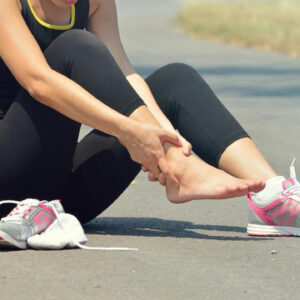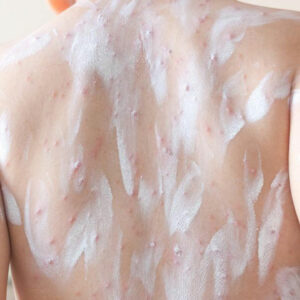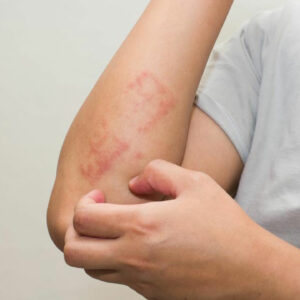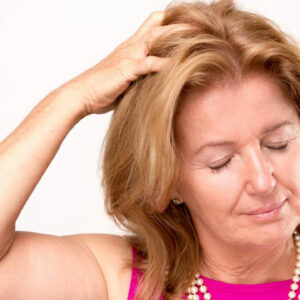
01
Effective Treatments for Plantar Fasciitis
Plantar fasciitis is a flat band of tissue which helps connect the heel bone to the toes. Straining of plantar fasciitis leads to it getting swollen and irritated. This condition is common in middle-aged people but happens in younger people who use their feet a lot. Athletes and soldiers suffer from this medical condition. Causes of plantar fasciitis This medical condition is caused by straining of the ligament which supports the arch. This results in pain and swelling and happens when the feet roll inwards as a person walks too much. People who are overweight also suffer from this medical ailment. The plantar fasciitis treatment is initiated to cure inflammation and pain in the heel. This treatment is also done with the objective of improving strength, flexibility and thereby correcting the foot problem. Most of the people who suffer from this medical condition recover within a year of initiating the plantar fasciitis treatment and 95 percent of these are able to get over this problem with nonsurgical plantar fasciitis treatment. Rest of them might require surgery to deal with this problem. It is worth mentioning here that if the plantar fasciitis treatment is started at the initial stage only, it takes less time for healing in comparison to the situation when the plantar fasciitis treatment is delayed. Initial treatment for plantar fasciitis There is a range of ways which can help a patient get relief in the condition of plantar fasciitis. The effectiveness of these methods has not been scientifically explored but has been found to give imminent relief to the patients. People suffering from plantar fasciitis need to rest their feet. In such condition activities which aggravate this condition must be limited. Running should be avoided as should be walking on hard surfaces. Inflammation and pain can be reduced by putting ice on the heel.
Read More 










